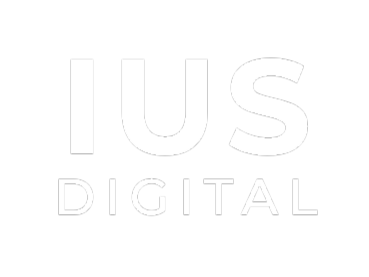Google vs Meta Ads: Which One Is Right for Your Business?
When it comes to digital marketing for local businesses, two platforms consistently dominate the conversation: Google Ads and Meta Ads (formerly Facebook Ads). Both offer immense potential to reach new customers and drive conversions—but they operate very differently. So, how do you decide which is right for your business? That’s where IUS Digital Solutions comes in.
If you're a yacht cruise company aiming to attract more local traffic or a food business looking to boost event turnouts, understanding the strengths of each platform can help you maximize ROI and avoid wasted ad spend.
Google Ads: Capture Demand When It Counts
Google Ads is intent-based advertising. Your ads appear when people are actively searching for what you offer—often just when they’re ready to buy.
Key Features:
Appears on Google Search, YouTube, and partner websites.
Keyword-based targeting.
Text, display, and video ad formats.
Pay-per-click model.
Strengths of Google Ads:
High Purchase Intent: Ads show to users already searching for services like “emergency glass repair near me” or “kids martial arts classes.”
Wide Reach: Tap into search, display, YouTube, and more.
Local SEO Integration: Works powerfully with local keywords, helping SEO for local businesses shine.
Measurable ROI: Track conversions down to the keyword level.
Best For:
Service-based businesses like auto glass repair or home services
High-intent lead generation
Targeting users actively seeking solutions
Ethical Leverage Point:
Use Google’s responsive search ads and site link extensions to deliver transparent marketing practices, avoiding clickbait or misleading headlines.
Meta Ads: Build Desire and Awareness
Meta Ads (Facebook, Instagram) interrupt the scroll with eye-catching visuals, testimonials, and stories. Instead of waiting for people to search, you create demand through emotional resonance.
Key Features:
Appears on Facebook, Instagram, Messenger, and Audience Network.
Targeting based on demographics, behaviors, and interests.
Includes Stories, Reels, carousels, image/video ads.
Strengths of Meta Ads:
Highly Visual: Ideal for promoting martial arts training programs with action-packed videos or testimonials.
Audience Targeting: Reach new customers based on lifestyle, age, job titles, and more.
Retargeting: Re-engage users who visited your website but didn’t convert.
Brand Building: Drive awareness even before there's a clear need.
Best For:
Nurturing leads over time
Building brand visibility and trust
Promoting seasonal offers or limited-time classes
Ethical Leverage Point:
Utilize impactful advertising strategies that promote social justice advocacy, community involvement, and ethical product promotion—not just conversions.
Which Platform Is Right for You?
The answer lies in your business goals:


